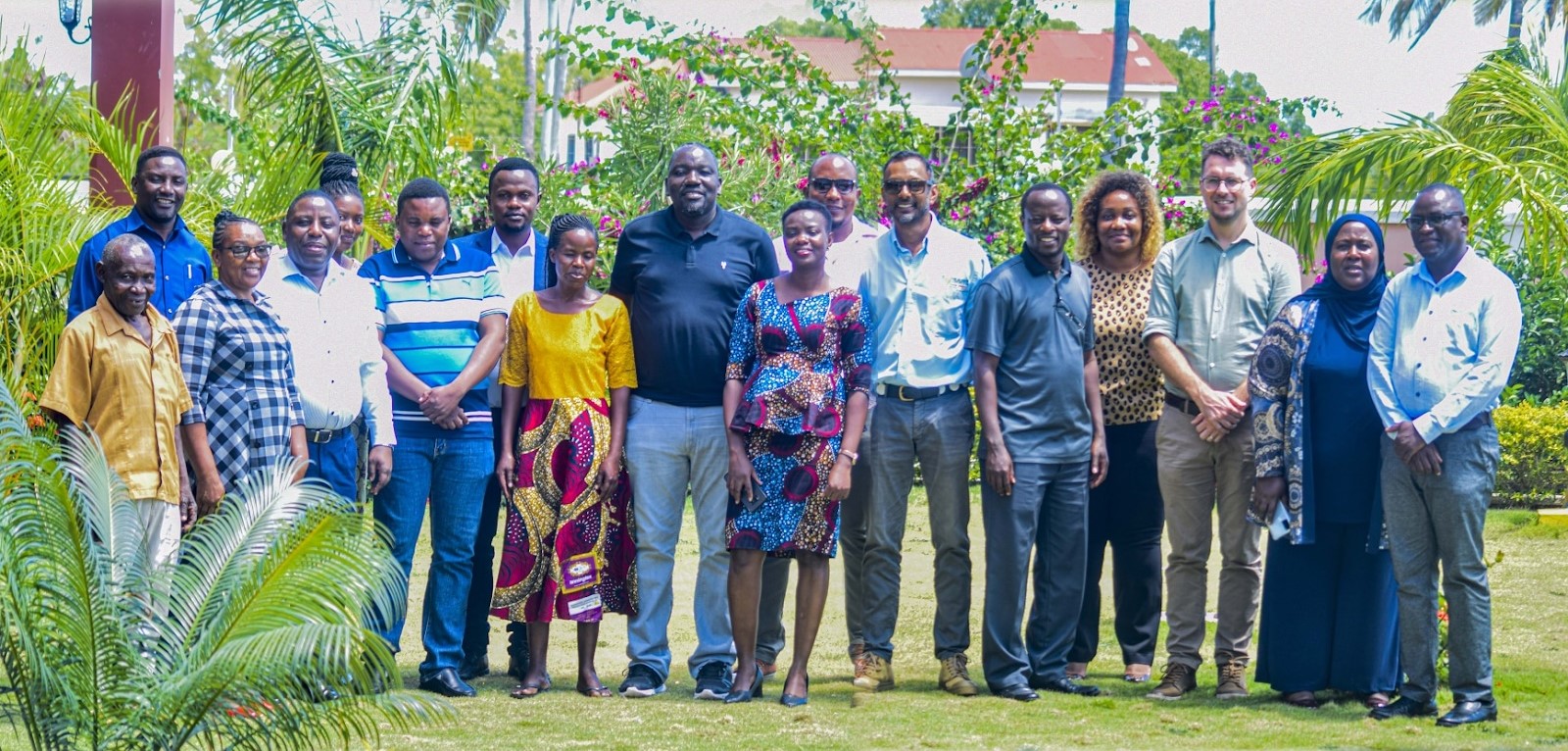
Tanzania is the second largest producer of groundnuts in East Africa, following Sudan, with an annual production of roughly 700 000 MT. Teams from Market Intelligence, Accelerated Breeding and Tanzania Agricultural Research Institute (TARI) are working with the Tanzania Groundnut Product Design Team (PDT)—a team whose members represent the groundnut value chain, from farmers and processors to seed producers—to discuss the knowns and unknowns of requirements for groundnut production and processing. The PDTs are established by the Accelerated Breeding Initiative (ABI) TRANSFORM per crop per country to ensure feedback of relevant stakeholders on the market segments and target product profiles.
On November 2022 in Naliendele Tanzania, discussions around the unknowns in terms of farmer, processor and consumer requirements yielded an important set of questions that will guide future work in market intelligence. These questions include:
- How important is groundnut fodder for farmers in breeding?
- Should oil production be prioritized in breeding efforts?
- Are white and red colors two market segments, and if so, which would be more important in terms of size?
- How important is early maturity for farmers?
Recent field research in Tanzania carried out in September 2023 by International Maize and Wheat Improvement Center (CIMMYT) yielded insights for answering some of these questions, which have implications for our understanding of current and future market segments:
- Both color and size are critical requirements for consumers and processors, with different processor/consumer expectations attached to both. Small- to medium-sized groundnuts (predominantly tan in color) are mainly used for groundnut butter production and require the right oil content suited for groundnut butter production (between 45 and 52 %). Large-sized groundnuts are mainly used for snacking. The market segments and target product profiles were updated to reflect these insights.
- The current segmentation includes a segment defined by a unique processor use: oil processing. However, there is limited use of groundnuts for producing cooking oil in Tanzania, either for domestic consumption or for export. We will track the growth and development of the groundnut oil industry in the subregion and continue the conversation with PDT on potential future opportunities for investments in crop breeding and seed systems linked to groundnut cooking oil.
- For many crops, including groundnut, there is an active debate on the opportunity for breeding to respond to farmer requirements for dual-purpose seed products (i.e. where the crop provides grain for food and biomass for fodder). Our intelligence suggests that most farmers do not use groundnut biomass for fodder in Tanzania—therefore we do not recommend that groundnut TPPs target the east Africa subregion place priority on increasing biomass.
The Market Intelligence Report highlights significant challenges for farmers to access quality seed. Future work will explore the potential for the growth and development of the groundnut value chain and its implications for groundnut breeding and seed systems.
For more information on our work in groundnuts in Tanzania, please see the report Market Intelligence insights for groundnut breeding and seed systems in Tanzania, produced in collaboration with ABC and TARI.